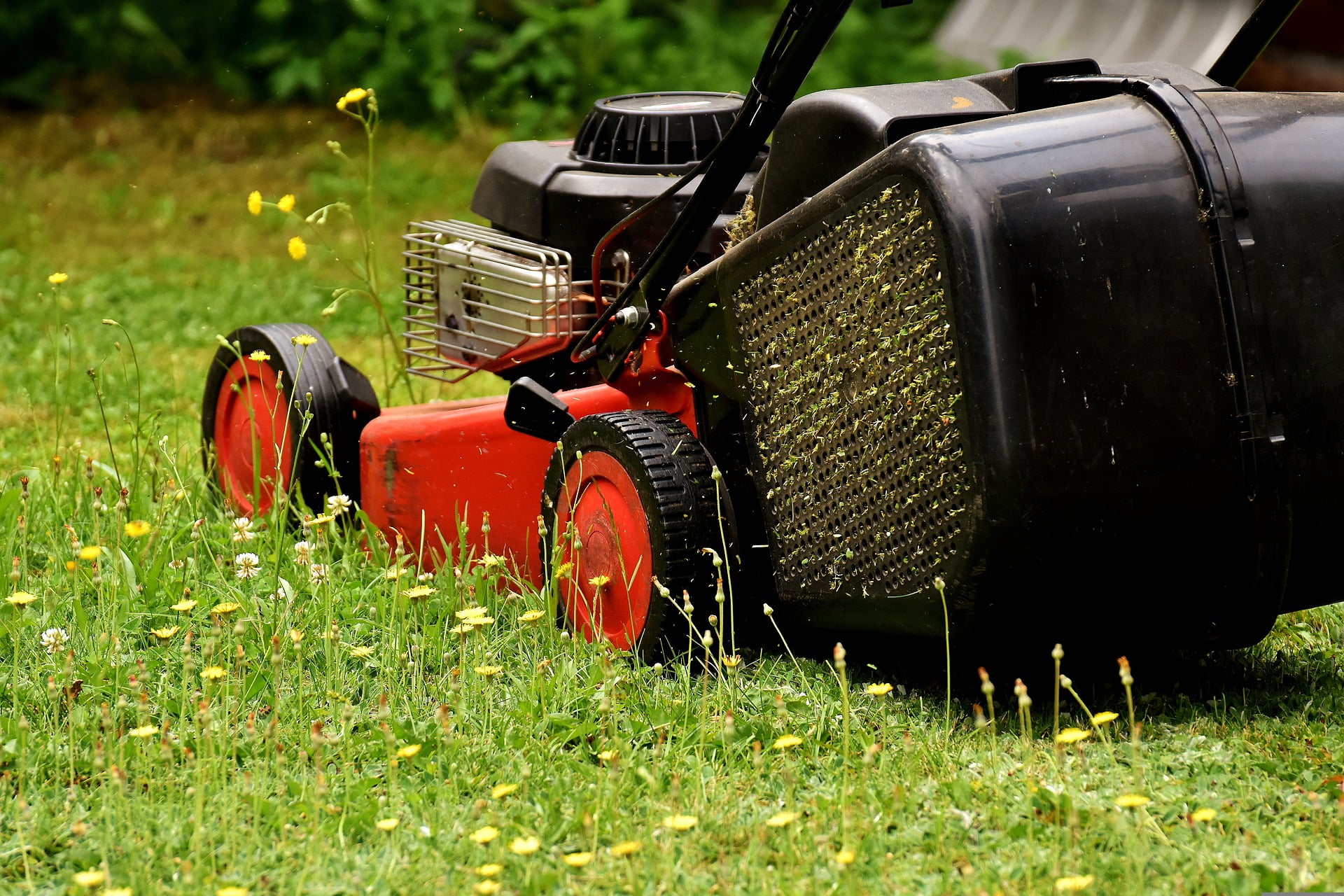“How do you fix a lawn mower that overheats?” That was the question I got recently on our YouTube channel. There are a few things to look for when trying to identify what’s causing your lawn mower to overheat. It’s all straightforward and pretty painless, so let’s jump right in and talk about it.
What is an Overheating Lawn Mower?
If you’ve ever touched the crankcase or muffler of an engine that’s been running, you won’t easily forget how hot they can get. Under normal conditions, engines produce an extreme amount of heat. Overheating is simply above and beyond what the engines were designed to handle. This can result in further damage to the machine.

One common failure of an overheating engine is a blown head gasket. As the internal temperature rises, the pressure inside the engine also increases. This pressure has to escape somewhere, and that is usually by destroying the head gasket. As that is a rather flimsy material, that’s the weakest part of maintaining compression. When a head gasket is blown, the engine loses compression. Without compression, the engine will run inefficiently, or more likely, not at all.
Now, a blown head gasket is a nuisance but not too problematic to fix. More costly damage to overheating engines can also occur. With the increased temperatures inside the engine, the engine oil is no longer able to provide enough cooling to the materials of the cylinder and the piston. The piston rings can actually burn the cylinder walls and become fused in place. This can result in a seized engine or internal damage that requires repair.
Tools Needed (Commissions Earned)
What Causes an Overheating Lawn Mower?
The simple answer is – lack of cooling.
Engine Oil
First things first, check that the engine oil is at the appropriate level. The engine oil provides lubrication for all of the internal components of the engine. As the internal parts are doing their thing inside, massive amounts of heat are built from the friction that’s created. Without the appropriate amount of engine oil to cool this friction, overheating will occur.
Air Filter
Next, check that your air filter is clean. This is where the engine draws in clean air from the environment. As the filter does its job to protect the engine from contaminants, it gets plugged over time. The more it gets plugged, the less air gets to the engine. Again, with less air there is less cooling.
Air Cooled
Most lawn mower engines are air cooled; they are designed so that the flyweel passes air along the fins of the cylinder head. The fins are designed to maximize surface area. It’s similar to a heatsink in a computer. The more surface area, the faster it can cool off. These fins draw the heat out of the engine and the air that passes over them cools it off. That’s how it’s supposed to work, but what happens when those fins are plugged with grass and debris?
Well, that debris reduces the amount of cooling that the fins can provide because there is less air flowing between them. As the fins can no longer cool the engine appropriately, the engine begins to overheat.
It’s also very common for mice and squirrels to build nests underneath the engine covers during the off-season. Inspect your machine before putting it into service. These nests will just as effectively block airflow and cause an overheating engine.
Liquid Cooled
If you have a liquid cooled engine that’s overheating, then the first place would be to inspect the coolant system to ensure that it has the appropriate amount of fluid.
Increased Workload
If the engine and cylinder fins are clear of debris but your engine is still overheating, there are a few more things you can inspect that mostly relate to how hard the machine is working. Obviously, the harder the engine is working, the more heat is produced.
If the bottom of the mower deck is caked and clogged with old grass, this can impede the blade from spinning optimally. This added resistance increases the workload and results in overheating.
If grass isn’t the issue, perhaps the blades are bent or dull. Both of these situations have the same resultant effect of increasing the workload.
Lastly, try reducing the depth of your cut. If you’re trying to cut too much grass at once, this will again increase the workload. Additionally, don’t cut grass when it’s wet. This also makes it harder on the machine and can result in an engine overheating.
How do you Fix a Lawn Mower That Overheats?
Run through the diagnostics to determine which component is causing your lawn mower to overheat. Check that the engine has the appropriate level of engine oil, the air filter is clean and the engine is clear of any debris. Then, ensure that the mower deck is clear of debris and the blades are not bent or dull. Finally, reduce the depth of your cut and make sure not to cut grass when it’s wet.
As an Amazon Associate I earn from qualifying purchases.





3 thoughts on “How to Fix a Lawn Mower That Overheats?”